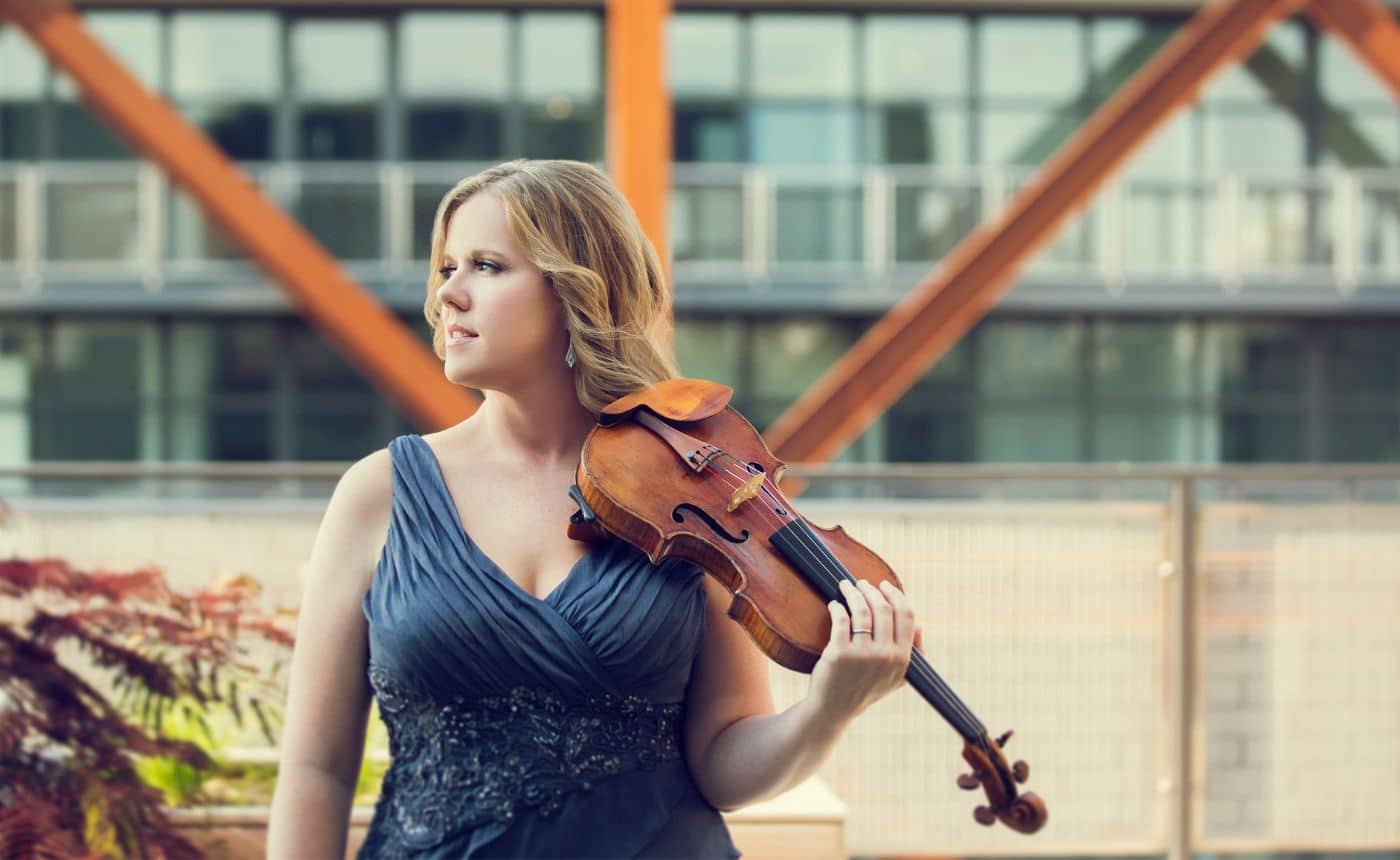R. Schumann – Symphony No. 2
Written by Jeff Counts
THE COMPOSER
By early 1845, Robert Schumann was just beginning to recover from his crushing depression and the host of physical complaints that attended it. He kept busy with an intensive study of counterpoint and the transformation of his unpublished Phantasie for piano and orchestra into what would become a very famous piano concerto. Late in December Schumann heard a performance of Schubert’s 9th Symphony and it fired new “symphonic thoughts” within him. The 2nd Symphony, today considered by some to be the greatest of his four, premiered almost a year later (also under the baton of Felix Mendelssohn) with somewhat tepid effect.
THE MUSIC
Schumann stares down not one but two noble symphonic ghosts with the creation of his C major masterwork. The quiet call to order of the brass at the beginning of the piece is so similar to the opening of Haydn’s final symphony that it seems ridiculous to hear it as anything other than a direct quote offered in tribute. But, to be fair, what we have here is not at all a literal re-tolling of the same bell. Haydn’s music is simple and clear while the same moment in Schumann is defined by how much it is neither of those things. It is truly an instance of musical history made respectfully fresh and was a sign of incredible courage on Schumann’s part to place his work among the great symphonists in such a way. The 2nd Symphony also wrestles with Beethoven’s great legacy for symphonic drama by taking an emotional path very similar to Beethoven’s 5th. Michael Steinberg refers to this journey as per ardua ad astra (“Through adversity to the stars”) and Schumann’s symphony certainly does transport the listener toward redemption in a way that looks back to Beethoven but also predicts the future greats, like Mahler, who were to come.
THE CONTEXT
In 1846, the United States declared war on Mexico marking the beginning of a 1 ½ year conflict between the two nations. In that same year, Mormon pioneers struck out from Nauvoo, Missouri on their way towards settlement in the west. The Smithsonian Institution, “America’s Attic,” was founded that summer.
THE CONNECTION
With performances as recent as 2006 and 2008, Schumann’s 2nd Symphony has been a frequent component of Utah Symphony’s Masterworks programming. Joseph Silverstein did the piece in at least four different seasons during his Music Directorship.











